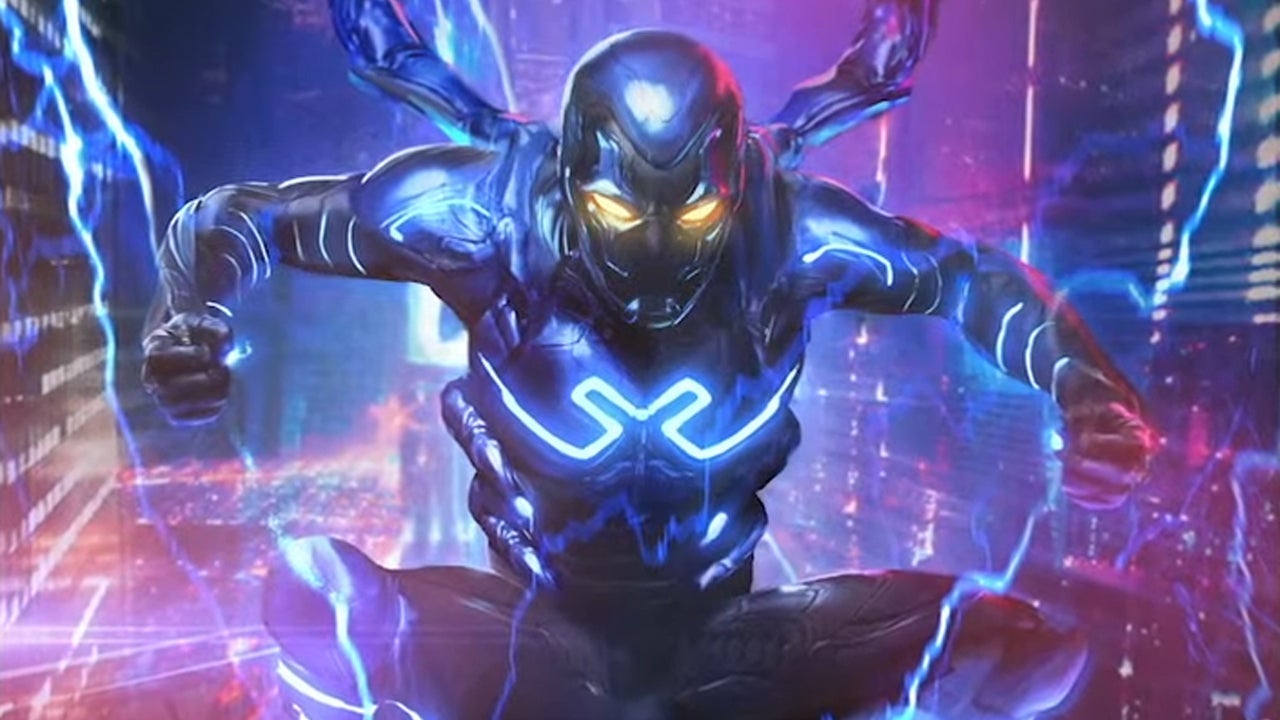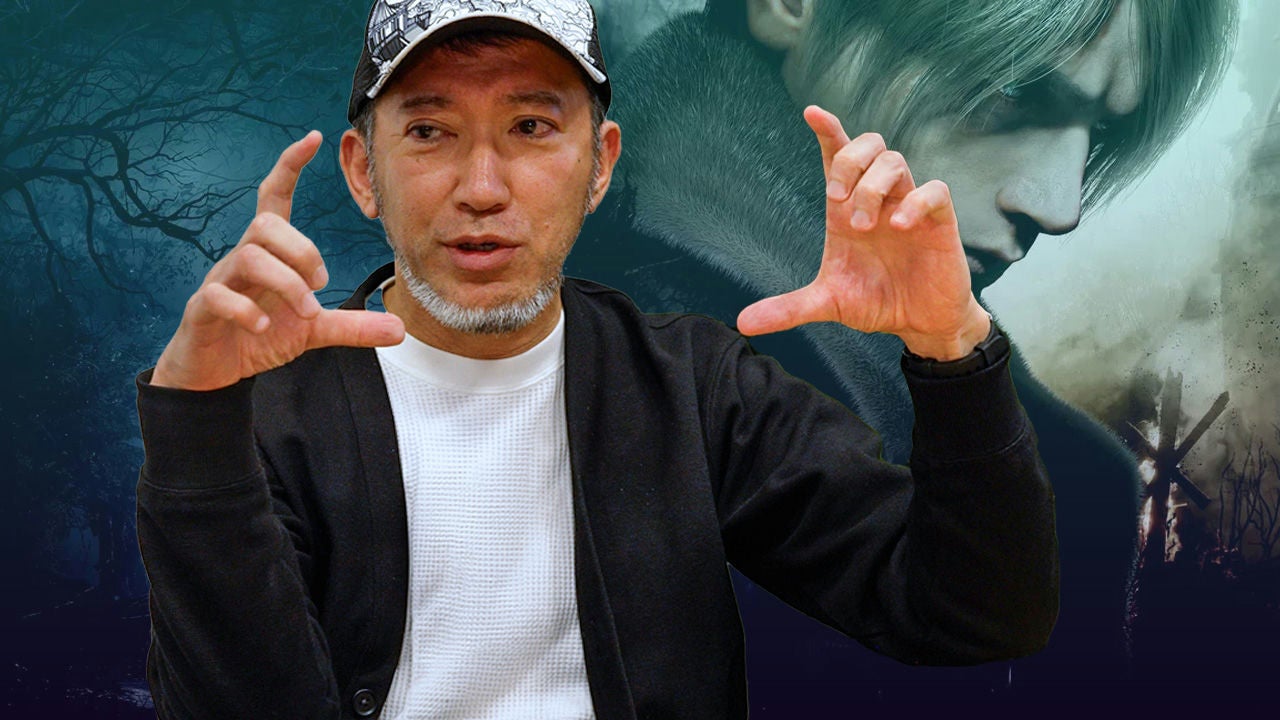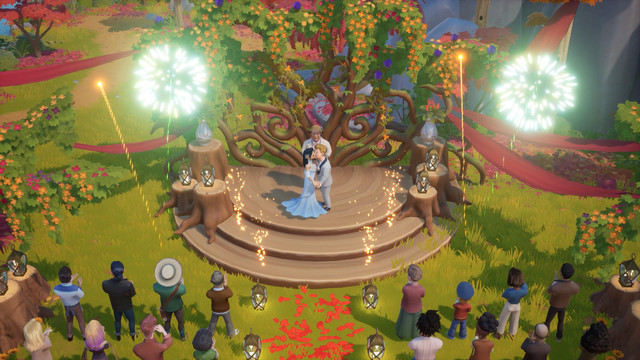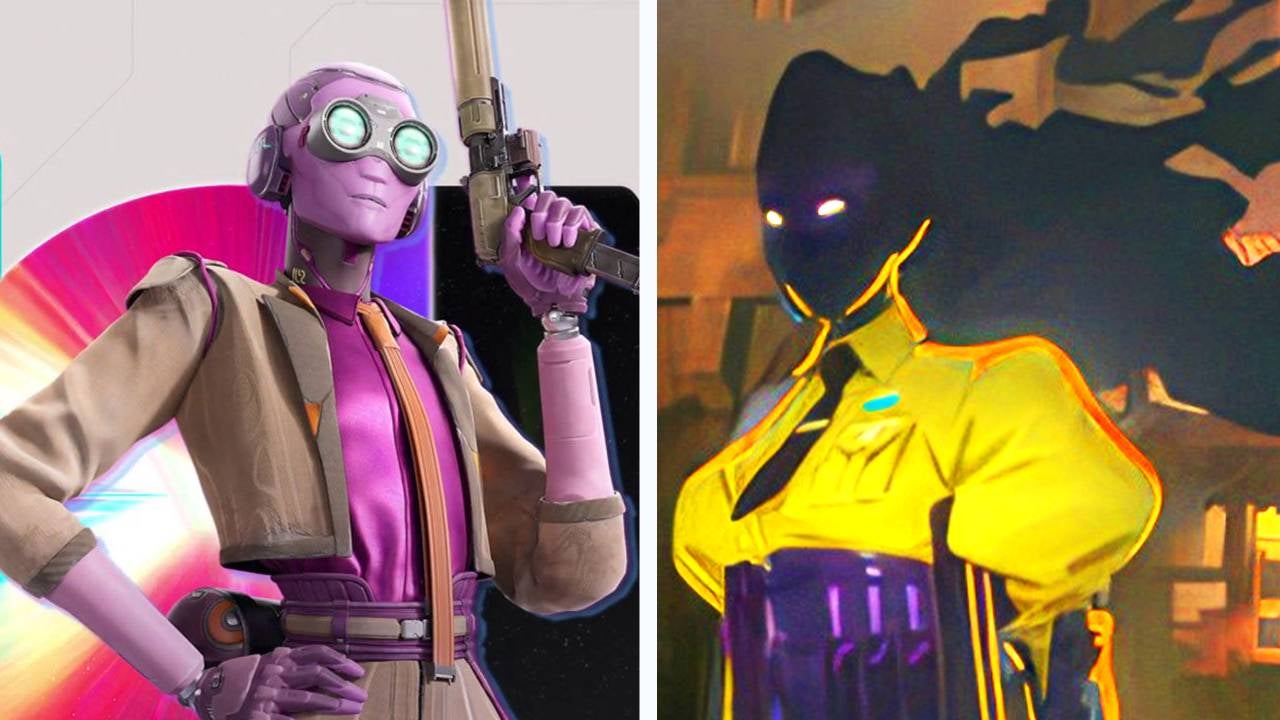
Hollywood has long shaped mainstream Indian cinema, from numerous remakes of classic movies (The Godfather, Forrest Gump, and beyond) to a general aesthetic influence. John Woo’s hyper-stylized Mission: Impossible 2 practically defined the look and feel of Bollywood action for an entire generation, via stylistic imitators like the Dhoom series. However, Tinseltown’s biggest success in recent years — the industry-shifting Marvel Cinematic Universe — has taken root in surprising ways. The country has seen a boom of shared cinematic continuities — they just don’t involve superheroes at all. Instead, filmmakers are telling stories of cops, spies, and soldiers, defined by ultra-famous stars and iffy political optics.
Since the start of the Marvel boom in 2008, India has seen a slight uptick in local big-screen superheroes (like Tamil-language Hero and Malayalam-language Minnal Murali), but none of them have had the cultural staying power of the Avengers. Notably, Marvel’s grand, climactic Endgame went on to become the seventh-highest-grossing film of all time in India, in any language. Watering down a Hollywood formula can no longer do the trick when the original is widely beloved, and thus far, attempts at drawing from Hindu scripture in order to kickstart grand superhero mythologies — à la Bollywood’s Brahmāstra: Part One – Shiva and Tollywood’s Kalki 2898 AD — have been met with mixed responses.

This week on Polygon, we’re exploring how superheroes are dominating not just comics and movies, but all media, in a special issue called Superculture.
However, where modern Hollywood is found lacking is in its star power — which is to say, the ability of A-list actors to ensure a movie’s box-office success. In the United States, such stars are now few and far between; even the most reliable ones, like Tom Cruise and Denzel Washington, can be counted on a single hand.
Indian mass markets, however, are still dominated by the likes of heartthrob Shah Rukh Khan in Bollywood (Hindi), RRR co-lead N.T. Rama Rao Jr. in Tollywood (Telugu), and septuagenarian charisma machine Rajinikanth in Kollywood (Tamil). Where American studios are increasingly dependent on familiar IP, their Indian cousins retain a more traditional paradigm, within whose bounds some major shared continuities have arisen.

The most popular among these is arguably the ultra-patriotic “YRF Spy Universe,” an interwoven series of boisterous spy thrillers from the popular Bollywood production house Yash Raj Films. Unlike Marvel, whose movies are based on connected comics, these films are original properties, and didn’t even start out with the intent of crossing over. The Tiger action series led by Salman Khan — whose first two entries arrived in 2012 and 2017 — and the 2019 movie War led by Hrithik Roshan all happened to focus on agents from RAW, India’s Research and Analysis Wing (its equivalent of the CIA). By the time War entered production, plans were being cooked up behind the scenes to cross both series over, though these didn’t actually materialize.
However, the 2023 Bollywood smash hit Pathaan, led by mega-star Shah Rukh Khan and xXx: Return of Xander Cage star Deepika Padukone, finally set these plans in motion. Not only did Pathaan reuse supporting characters from War, it also gave Salman Khan’s Tiger an extended action cameo — which was then mirrored by Shah Rukh Khan’s own cameo as Pathaan in Tiger 3 later that same year. Unlike similar cameos in the Marvel films, which rely on existing comic icons, the YRF Spy Universe uses original characters as thin proxies for its stars. The success of Pathaan is largely owed to it being Shah Rukh Khan’s first leading role in four years, resulting in excitement at a fever pitch. While Pathaan and Tiger had no on-screen history, Shah Rukh and Salman did, having shared the screen numerous times since the 1990s. Their banter in both crossovers even references their on-screen history, and will no doubt come up once again once the duo clashes in the upcoming Tiger vs Pathaan.
Another successful Bollywood shared universe, while not as spellbindingly popular, is just as star-driven: the “Cop Universe” from filmmaker Rohit Shetty, whose crossovers are similarly used to drum up excitement beforehand. Like the YRF Spy Universe, it began with stand-alone films in the 2010s: Singham and Singham Returns, which were remade from Tamil movie Singam, and starred RRR actor Ajay Devgn. These then bled into other related movies, starting with the Ranveer Singh-led Simmba in 2018, and followed by the Akshay Kumar-led crossover Sooryavanshi in 2021, en route to the upcoming, star-studded Singham Again.
As its to-the-point moniker suggests, the Cop Universe is about rogue policemen whose vigilante antics are the basis for action fantasy. However, its success reveals a murkiness about contemporary Indian blockbusters, if not action as a whole. Like the heroes of the Spy Universe, figures like Singham, Simmba and Sooryavanshi are agents of the state who take matters into their own hands, yielding violence with deeply uncomfortable optics, given how vigilante justice manifests in modern India: often as lynchings along caste and religious lines. Journalist Rana Ayyub, a frequent critic of India’s right-wing government, even criticized Sooryavanshi for its “dangerous” Islamophobia, and likened the movie to Nazi propaganda. (Tiger 3, similarly, puts the Pakistani government in its crosshairs.)
At a time when Bollywood is growing increasingly inseparable from Hindu supremacist politics, its action fantasy has a tendency toward fascist machismo — fascismo, if you will — laying bare the nationalistic underpinnings of the YRF and Cop universes. A similar streak can be found in the popular Tamil-language LCU, or Lokesh Cinematic Universe (named after director Lokesh Kanagaraj, a far cry from the producer-driven MCU), though one could argue that its approach is more tongue-in-cheek.
Kanagaraj’s multi-film project is perhaps the most visually accomplished of India’s shared continuities, though it’s yet to go all-out with its crossovers. Kaithi (2019), Vikram (2022), and Leo (2023) — led by stars Karthi, Kamal Haasan, and Vijay respectively — are seedy, stylized crime thrillers circling the genres of police procedural, terrorist thriller, and gangland saga (the latter also happens to be a pseudo-remake of A History of Violence). However, some of the saga’s heroic characters also deliver draconian speeches about taking the law into their own hands in violent ways because drugs are robbing India’s youth of their intelligence. They’re conservative at best; at worst, they sound like the ravings of psychotic villains, even though they’re delivered by ostensible heroes.

These power fantasies are, by their nature, fantasies of overreach. Most characters in all three aforementioned universes are former or current officials of the state, whose actions carry with them a sense of endorsement — or at least a reaffirmation of existing norms. It’s not all that different from the fascist subtext of many comic superheroes, who generally exert control and similarly protect the status quo through physical force. In that vein, the Avengers aren’t even all that far removed from the heroes of the YRF, Cop, and Lokesh universes. Remember that the original group in the MCU consisted of an arms dealer (Iron Man), a soldier (Captain America), a warrior prince (Thor), a military scientist (Hulk), and two government assassins (Hawkeye, Black Widow). A major distinction lies in the fact that Marvel’s mightiest tend to, at least nominally, rebel against these structures at some point.
Marvel and DC frequently tell stories where superheroes and governments find themselves at odds. However, by contrast, the heroes of India’s prominent shared universes don’t exist in opposition to their governments, but function as de facto extensions of them. This makes them particularly loaded political flashpoints for modern cinema, and windows to understanding the general sensibilities of not only major industries, but their viewers as well, who don’t seem to mind a side of authoritarianism with their entertainment.
Source:https://www.polygon.com/movies/470469/the-dream-of-an-indian-mcu-barely-involves-superheroes










